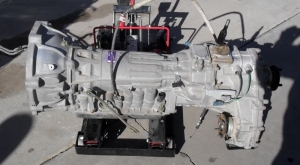

Prior to the release of a new model Sonata midsize sedan built in Alabama, which now competes against such stalwarts as Toyota Camry and Ford Fusion, engineers “took it apart again and again and again until they were satisfied they’d uncovered every potential problem or defect,” Southerton said.


operations.ĭon Southerton, a U.S.-based specialist in Korean culture and a consultant to Hyundai and Kia, explained in an interview that “both companies maintained a single message about quality that hasn’t wavered in all those years, supported by the belief that you have to end up with this kind of results.” Krafcik joined Hyundai in 2004 served until 2013 as chief executive of its U.S. “The laser-like focus on quality began to be measured, written into performance reviews and everything else the companies were doing,” said John Krafcik, president of TrueCar Inc., in an interview. In 1998, Hyundai enacted a consistent and dedicated corporate directive to place quality before all else. Hyundai – which controls the two affiliated South Korean brands – recognized that quality was poor and that without vast improvement the automakers had no chance of succeeding in the U.S.

Chief among them was a commitment to quality. The remarkable reversal of fortune that vaulted Hyundai and Kia past the Japanese auto industry, in terms of the initial quality of their vehicles, can be traced to three factors. The strategies that Hyundai and Kia used to leapfrog Japanese brands like Toyota and German brands like Mercedes-Benz proved not just straightforward, deliberate and stunningly effective – but more or less transparent to those who bothered to watch. For the sister automakers, the endorsement was sweet recognition but it hardly shocked a global industry of competitors and analysts that had been tracking their steady improvement for a decade.


 0 kommentar(er)
0 kommentar(er)
